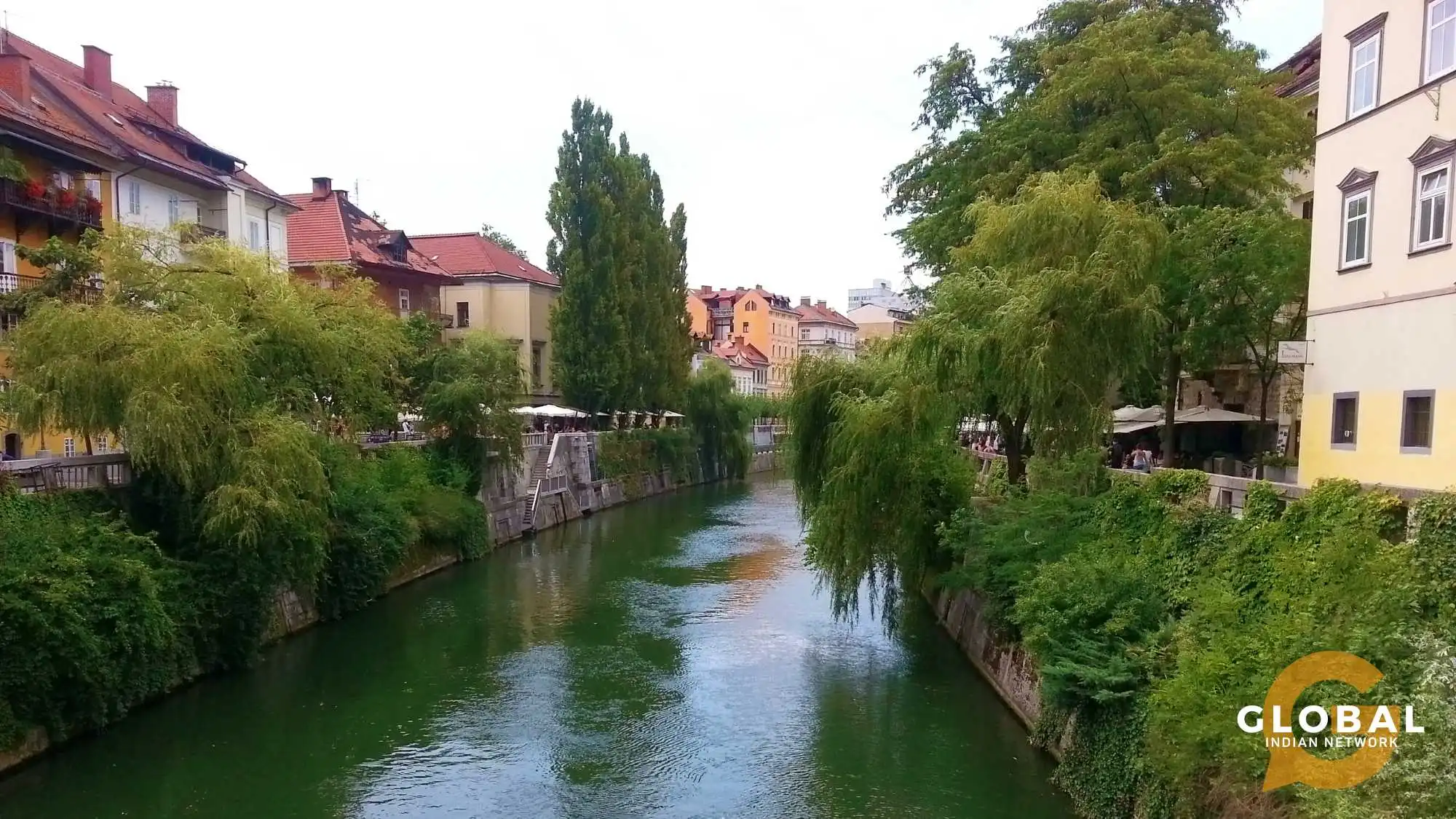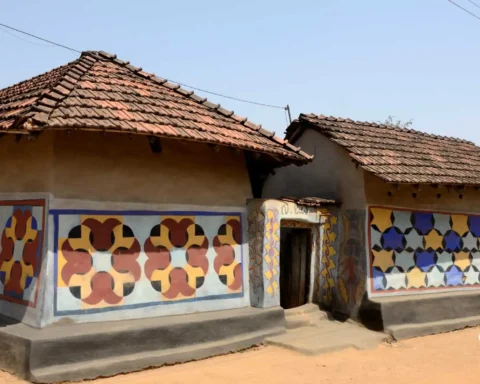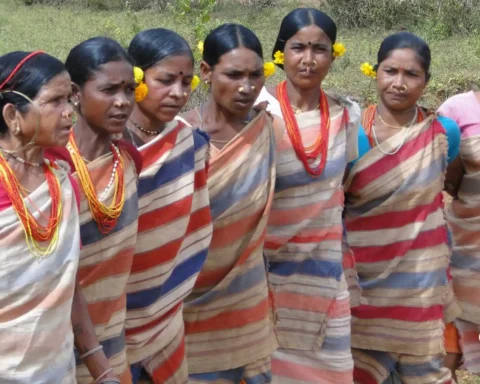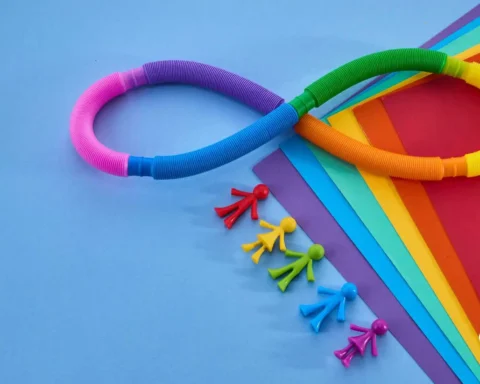In the heart of Slovenia's lively cultural scene lie its cultural centres, where custom meets innovation and legacy entwines with contemporary expression. These hubs of imagination act as guides of artistic exploration, offering a rich embroidery of occasions, shows, and exhibitions.
Slovenian cultural centres embrace diversity, cultivating a deep sense of community and pride in the nation's rich cultural heritage, from the picturesque streets of Ljubljana to the charming towns in the Julian Alps. Read on to learn about some of the popular Slovenian cultural centres, where each centre tells a unique story of inventiveness and passion.
Listen To This Podcast: Is Slovenia the Emerging Logistics Goldmine in 2024? Insights from Natasa Pogacnik
Table of Contents
History of Slovenian Cultural Centres
Throughout history, Slovenian cultural centres have been vital to safeguarding and advancing the country's diverse cultural heritage. From traditional folk customs to contemporary creative articulations, these centres act as gathering spots where individuals can praise their shared character and explore the extravagance of Slovenian culture.
In the 20th century, architects in Slovenia adopted modernist principles to construct cultural institutions that reflected the spirit of the time while remaining connected to the cultural roots of the nation. These magnificent structures not only serve as venues for artistic performances, exhibitions, and other events, but they also represent Slovenia's dedication to innovation and creativity on a global scale.
Cankarjev Dom
Cankarjev Dom, or the Canker Centre, located in the heart of Slovenia's capital, is the greatest cultural institution and congress centre. It is a prominent cultural centre facilitating various occasions, including shows, theatre performances, art presentations, and literary gatherings.
A statue of famous Slovenian playwright Ivan Canker, designed by sculptor Slavko Tihec, is located in the foyer of the centre. There are four centres coined after Slovene artists -Gallus Hall, Linhart Hall, Kosovel Hall, and Štih Hall.
Slovenian National Opera and Ballet Theater
Slovenian National Opera and Ballet Theater, also known as Ljubljana Slovene National Theatre Opera and Ballet, was founded in 1918. The Ljubljana opera and ballet has a huge assemblage of the recent repertoire, which consists of classical such as Jules Émile Frédéric Massenet, Gioachino Antonio Rossini, Wolfgang Amadeus Mozart, and modern works.
Peter Sotošek Štular was appointed as the director, and Rocc was the artistic director of the theatre and group in 2013. The orchestra and the ballet group have given more than 100 performances with renowned conductors and composers and partnered for projects abroad.
Slovenian Philharmonic
The Slovenian Philharmonic takes pride in its rich history, as it is one of the oldest in the world. This is where Gustav Mahler started his career as a young conductor. To this day, the Slovenian Philharmonic Orchestra regularly collaborates with world-renowned conductors and soloists.
Stožice Arena
Stožice Field, a multipurpose venue in Ljubljana, Slovenia, demonstrates contemporary architectural innovation. The Stožice Sports Arena can welcome approximately 12,000 spectators. With its modern design, the arena holds sports events and concerts of famous pop and rock artists from all over the world.
Križanke
The Križanke Outdoor Theatre, an architectural marvel from the 13th century that was given its current image by the famous Slovenian architect Jože Plečnik, is the seat and the main venue of the Ljubljana Festival. During the warmer months, various pop, rock, and jazz concerts take place here.
Kino Šiška Centre for Urban Culture
Kino Šiška regularly holds concerts of indie rock, hip hop, metal, electronic music, and other urban music genres, attracting audiences of all ages and interests. The program is rounded off with exhibitions and performance art shows. Kino Šiška is also the venue of renowned festivals, such as Druga Godba and MENT.
Ljubljana Castle
The Ljubljana Castle is one of the main sights in Ljubljana and an important cultural venue. Throughout the year, numerous events occur in the castle, such as concerts, dancing, exhibitions, and events intended for families amid the beautiful Slovenian architecture and artistic projects for the attendees of the social event.
Metelkova Mesto
Metelkova is one of the most famous attractions in Ljubljana. The alternative culture centre, which rose from a squat in former army barracks, brings together a variety of creative practices and events. It is home to several clubs and art studios, Slovenian artists, a barracks complex, an army complex, cultural organisations, and underground artists.
Centre of Slavic Cultures France Prešeren
The Kulturni Dom France Prešeren, warmly known as KUD, remains an energetic recognition of Slovenia's cultural symbol, France Prešeren. In Ljubljana's Trnovo district, this legendary venue, which is now the CSKFP (Center of Slavic Cultures France Prešeren), is alive with activity.
It embodies the essence of social enhancement by facilitating various occasions — from theatre exhibitions and melodic shows to dance shows and insightful workshops. True to its roots, the centre likewise offers a sample of local food with dishes like Tom, Lučka, and Ježek. Regarding Prešeren's heritage, KUD keeps being a reference point of cultural vitality and community engagement.
Prešeren Square
Prešeren Square, in Ljubljana's centre region, exhibits Max Fabiani's nineteenth-century architectural ability. It's a social hub, facilitating different creative performances and get-togethers, drawing participants from all around.
You Might Be Interested In: A Deep Dive into Slovenian Culture and Religion
Conclusion
The Slovenian cultural centres are essential to preserving and promoting Slovenia's extensive cultural heritage. Through a different scope of projects and occasions, they encourage local area commitment, diverse comprehension, and artistic exchange.
Slovenian cultural centres are crucial hubs where Slovenian culture, arts, and language thrive, both among Slovenians living abroad and in Slovenia. By sustaining cultural appreciation and character, they contribute to the cohesion and vitality of Slovenian groups worldwide.
FAQs
What is a famous landmark in Slovenia?
One of the most famous landmarks in Slovenia is Lake Bled, which is known for its dazzling natural excellence and island with a church roosting on it.
What is the cultural centre of Slovenia?
Slovenian cultural centre is diverse, mixing impacts from Slavic, Germanic, and Mediterranean practices, emphasising arts, music, and food.
Why is Ljubljana famous?
Ljubljana, the capital of Slovenia, is well known for its charming old town, pleasant riverside setting, dynamic cultural scene, and green spaces.
Why is Slovenia popular?
Slovenia is famous for its dazzling natural scenes, including the Julian Alps, pleasant lakes like Bled, energetic social scene, and rich history.










